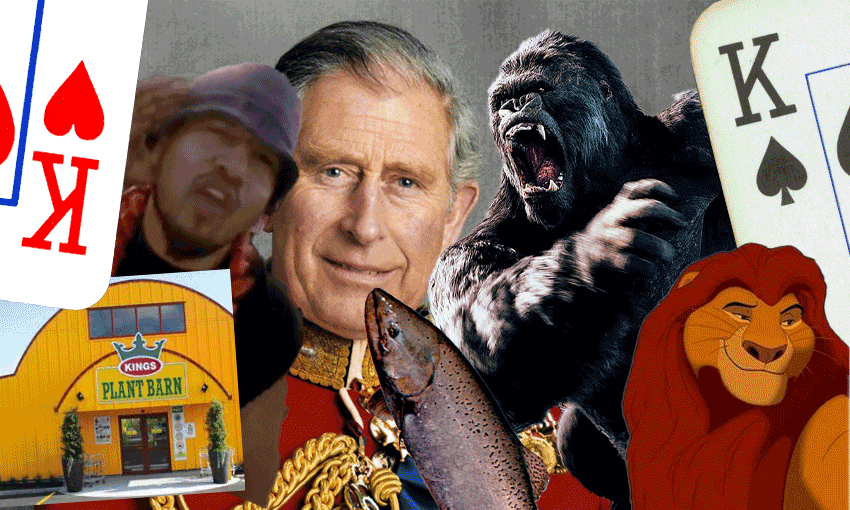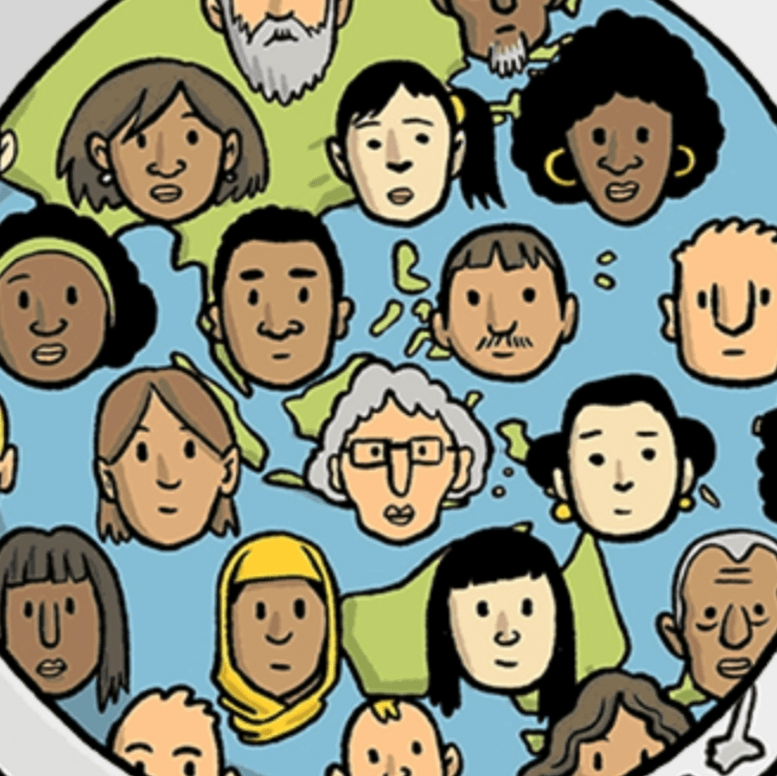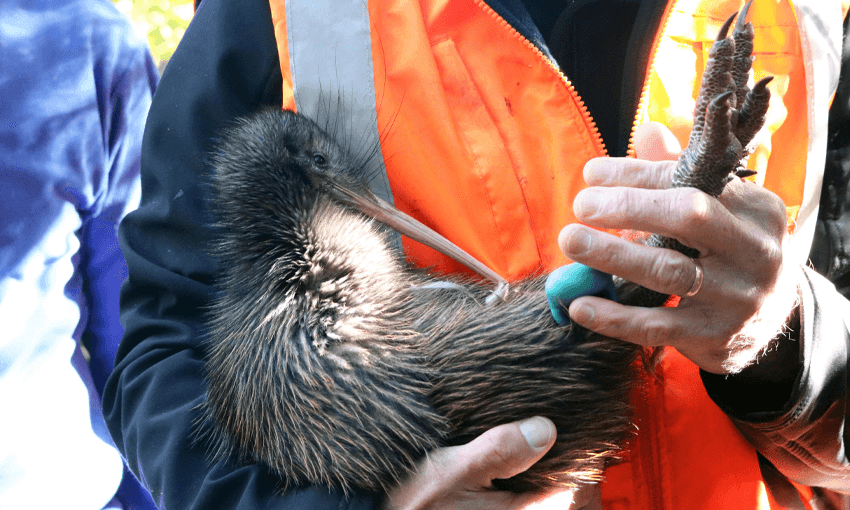Today is King’s birthday, but there are oh so many kings to acknowledge. Here’s 50 to think about on your day of rest.
50. King Charles
Obligatory inclusion because it’s his fake birthday.
49. King George VI
From the Colin Firth movie.
48. The King of Hearts
Hearts is the coolest of the card suits and the king looks good in red.
47. Kings of Leon
If you were born in the early 90s, you almost certainly had a period of listening exclusively to early Kings of Leon albums and then bemoaning their eventual mainstream success. Still great, though.
46. Kings (the rapper)
He don’t worry ‘bout it.
45. King (the song)
Specifically the Florence and the Machine banger from 2022, though I will also accept the Years and Years tune of the same name.
44. Cavalier King Charles spaniel
Very good boys.
43. King Air 350 plane
Very good planes.
42. Kings Shoe Store (Temuka)
Mike Hosking could have just gone to Temuka to find the king’s shoes, because this small town shoe store has it all. Boots! Shoes! Handbags! “Love every inch of yourself,” the Kings Shoes website says, and goddammit Temuka, we will.
41. Burger King
The Adelaide takeaway restaurant that forced global fast food giant Burger King (not on this list) to call itself “Hungry Jack’s” in Australia.
40. Asia Martusia King
Pigeon enthusiast, eater of dog food, Spinoff contributor.
39. The Scorpion King
A 2002 sword and sandals action film starring Dwayne “The Rock” Johnson that is somehow both a prequel and a spinoff of Brendan Fraser’s The Mummy. Critics called it “hyperactive crock”, filled with “brainless action” and “not much charm”.
38. Tree King (arborists in Auckland)
The Google reviews of this royalty-themed Glenfield-based company are a glimpse of the royal treatment customers get. “Tree King are Efficient as! With a capital E,” says one. “Job done right and clean was great” says another. “Tree King trimmed my very large out of control hedge and feijoa tree”, says a third happy customer. If your greenery is unruly, we think that Tree King would be a good sovereign for the job, probably more than a King Charles Spaniel or the Lion King.
37. Storage King
Doesn’t have a monopoly on storage solutions but sure as hell feels like it does. And that’s power.
36. Zog I, King of the Albanians
Zog was initially the prime minister of Albania in 1922, then the president from 1925, then declared himself king in 19 28. A brief scan of his wikipedia page suggests that he was probably a horrible leader to live under, becoming increasingly connected to Mussolini’s Italy until he was disposed in 1939, when Italy invaded Albania. However he does have a very cool name.
35. King’s counsel appointment process
Do you have expert, up-to-date, legal knowledge, mostly acquired from watching every episode of Suits? Then you should apply to be a king’s counsel. Sure, there’s a few other requirements, but I think the legal minds among us will agree the finer details are never important.
34. Nathan King
Lead singer of Zed, one of the panellists in the 2021 Popstars reboot, put on a hell of a show at Christchurch’s ‘The Church’ in 2023.
33. The Lion King
Very good flick.
32. King Dingaling (you ain’t)
Married at First Sight Australia has a rich history of memorable quotes, from Coco asking “does the fact I’ve got a body like a hot dog matter?” in 2021 to Alyssa reminding the world every three minutes “I have a child” just last year. But no quote carries quite as much weight this long weekend as this, uttered by “Cyclone” Cyrell in 2019: “The world doesn’t resolve around you Sam,” she yelled during a particularly fiery couch session. “You ain’t King Dingaling.”
31. Janet King (TV series)
You don’t see enough Janets on TV these days, let alone Janet Kings. Put her face on the back of a coin and let’s go shopping.
30. Dr Martin Luther King Jr
King had the distinction of being not just a king, but also named after Martin Luther, the German priest partially responsible for the existence of churches that aren’t Catholic. He was a critical figure in the civil rights movement in the US, using non-violent resistance to act against racist laws. He was assassinated in 1968 and this is a fascinating podcast about the ramifications of his death.
29. Great King Street, Dunedin
Part of State Highway 1, Great King Street is the northbound part of Dunedin’s notorious “one-way system” that runs through the heart of the city and student quarter. Great King Street landmarks include Tūhura Otago Museum, the famous Willowbank Dairy and the North Dunedin McDonald’s.
28. King of Snake (Christchurch bar)
Heard recently from a Christchurch local that this place is “pretty good” for cocktails.
27. Tiger King (TV series)
Tigers go ROAR.
26. King Loser
Legendary and volatile Flying Nun garage-surf band formed in the 1990s. A documentary filmed during their final tour in 2016 was finally released in 2023, and won this year’s Taite Prize for music journalism.
25. King Kapisi MNZM
In 1999, King Kapisi became the first hip hop artist in New Zealand history to receive the Silver Scroll Award for Songwriter of the Year for his single ‘Reverse Resistance’. He has also closely collaborated with a Philadelphia artist called King Britt. King squared!
24. Kingfisher (beer)
Kingfisher beer is ubiquitous in India, and available around the world, including in New Zealand. It was described as a “sneaky bastard” by the alcohol review column at Otago University’s student magazine Critic Te Arohi in 2018. The beer company temporarily ran a very popular, very cheap domestic airline in India, which closed in 2012. Turning a beer company into an airline? That’s the kind of self delusion that makes it a mid-tier king.
23. Kingfisher (bird)
Kingfishers are very cool birds with strong sturdy bills good for, you guessed it, catching fish. They also inspire poetry, like this from Gerard Manley Hopkins. (Hopkings?)
As kingfishers catch fire, dragonflies draw flame;
As tumbled over rim in roundy wells
Stones ring; like each tucked string tells, each hung bell’s
Bow swung finds tongue to fling out broad its name;
Each mortal thing does one thing and the same.
22. Stephen King
Writer of very scary books.
21. King Lear (Shakespeare play)
When we are born, we cry that we are come/ to this great stage of fools, a quote from Act 4 Scene 5 of this play also doubles as a good thing to say to your friends. “Well well well, if it isn’t the stage of fools.”
20. New Zealand king shag (bird)
We have no choice but to stan a king with “big pink feet”. The New Zealand King Shag is only found in the Marlborough Sounds, and can be easily identified through their “croaking bursts of low frequency sound” at the crack of dawn, aka the original King’s Speech.
19. King’s Seeds
If you can’t trust the king’s seeds, then who can you trust?
18. King Kong
Scientifically proven to be the biggest gorilla ever, who famously did some pretty controversial renovations on Auckland’s Civic Theatre back in 2005. Best friend of Peter Jackson.
17. Three Kings (islands)
13 uninhabited islands at the tippy top of New Zealand. Some things are better left untouched.
16. Three Kings (suburb)
Actually not that great a suburb! Not sure why it’s on this list.
15. Three Kings (movie)
A war movie directed by angry man David O Russell who is decidedly NOT a king and NOT someone you need to know.
14. Michael King
Historian who wrote The Penguin History of New Zealand. Not to be confused with the starting pitcher for the San Diego Padres.
13. King mattress
Not all kings are created equal, and while a king mattress is obviously better than a queen (the mattress patriarchy strikes again) and definitely better than a king single, it is still third in line to the mattress throne. The Princess Charlotte of box springs and alternating coil.
12. Super king mattress
Like a king, only super. Like Camilla says, God save the Super King.
11. California king mattress
History tells us that in 1776, America celebrated independence from Britain by making a really long mattress. One big bed to rule them all.
10. Big King
Aka Te Tātua-a-Riukiuta, one of Tāmaki Makaurau’s 14 tūpunga maunga. Beloved for having an off-leash dog area and a simply gorgeous mural of the dog from Footrot Flats on the Watercare reservoir.
9. King salmon
A mighty fine fish.
8. The Canterbury King
“Heavy is the head that wears the crown” has never been more true than when it comes to Canterbury’s T20 Super Smash mascot, the Canterbury King. Probably New Zealand’s most top-heavy sporting mascot, this bloke looks like he could topple over at any time, which is exactly what you want from a mascot.
7. Kings Plant Barn
Everything you need.
6. King penguin
The tokoraki king penguin dives over 300 metres below the surface, remains underwater for nine minutes and incubates its eggs with its feet. I’d like to see King Charles try that.
5. King Home Boy
Cuba Street icon and six-time national beatboxing champion, self-described as “born and bred Hurricane with the heart of a Phoenix”. In 2009, he set the world record for the longest non-stop beatboxing effort, with a mammoth 35-hour beatbox session leaving him with “a swollen tongue, mouth ulcers and blisters”. A hero.
4. Return of the King
When will he come back? Watch the movie/read the book to find out.
3. King crab
New Zealand is the king crab capital of the world. All king crabs are cool but Lithodes aotearoa, an absolute beast of a crab with a leg span of 1.3m, is the coolest. It suffered the indignity of repeated misidentification until 2010, when it was identified as its own species.
2. King (mobile games company)
Invented Candy Crush. We bow down to ye.
1. Rat King
Young rats often sleep in close quarters, not unlike the grandparents in Charlie and the Chocolate factory, which can cause their tails to become entangled. When they pull away to escape the tangle, the knots only tighten more. The result over time is a giant jumble of rats known as a rat king, or “roi de rats”. In May 1828, the largest rat king on record was found in Altenburg, Germany. It consisted of 32 rats. Have a nice long weekend.





